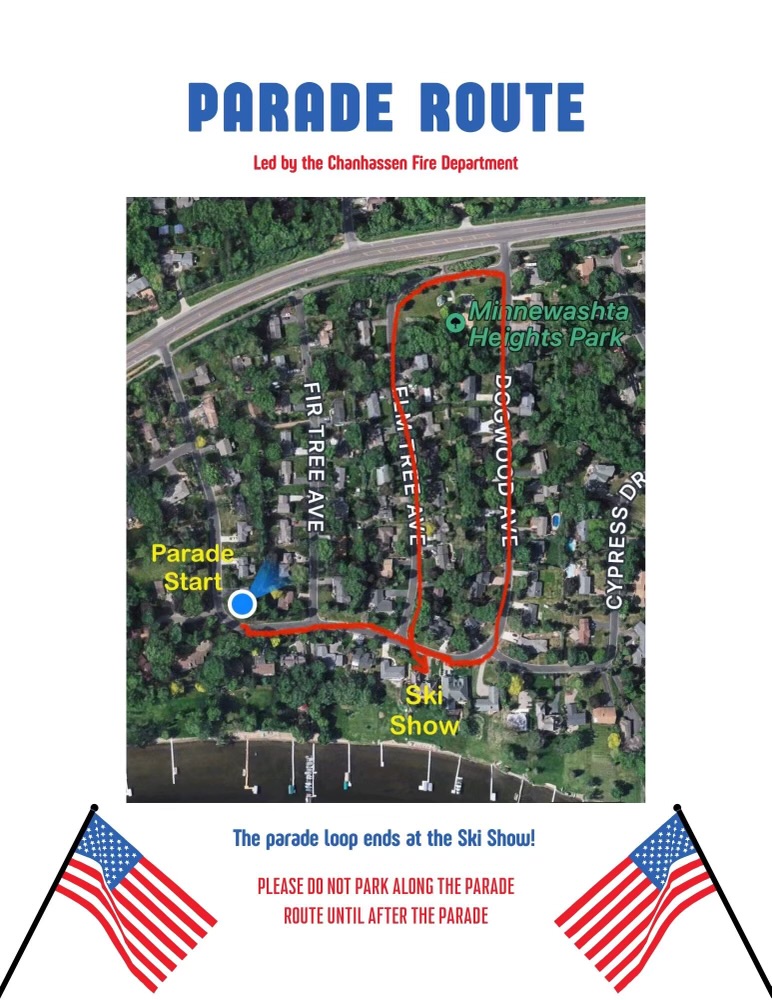
Earth Day is an annual event celebrated on April 22 to raise awareness and promote action for environmental protection. It was first held in 1970, sparked by growing concerns over pollution, deforestation, and the health of the planet. Today, Earth Day is observed globally in over 190 countries, involving millions of people in activities such as tree planting, cleanups, educational events, and climate change advocacy.
The day serves as a reminder of our shared responsibility to care for the Earth, encouraging individuals, communities, businesses, and governments to take meaningful steps toward sustainability and environmental stewardship. Each year often features a theme—like climate action, plastic pollution, or restoring ecosystems—to focus efforts and inspire global participation.
The Lake Minnewashta Preservation Association is dedicated to preserving the quality of water and the quality of life on Lake Minnewashta. Please do your part to help. Here are some ideas…contact us at info@lakeminnewashta.org for other ideas on how you can help.
- Plant a rain or pollinator garden or shoreline buffer
- Join the Adopt a Drain program
- Stabilize your shoreline
- Always Clean, Dry and Drain your boat and water toys when moving from one lake to another
- Help the LMPA achieve its mission by making a donation






